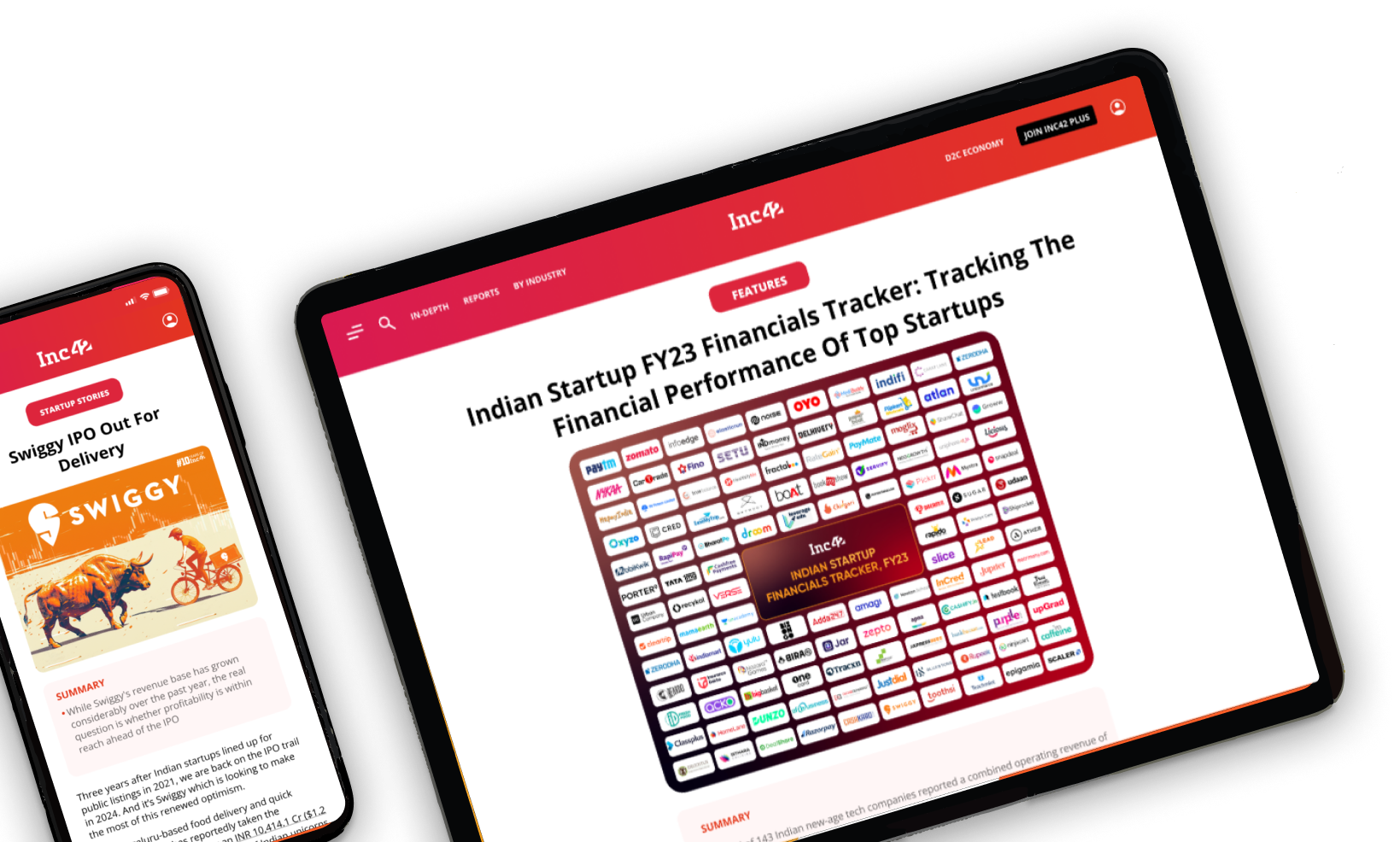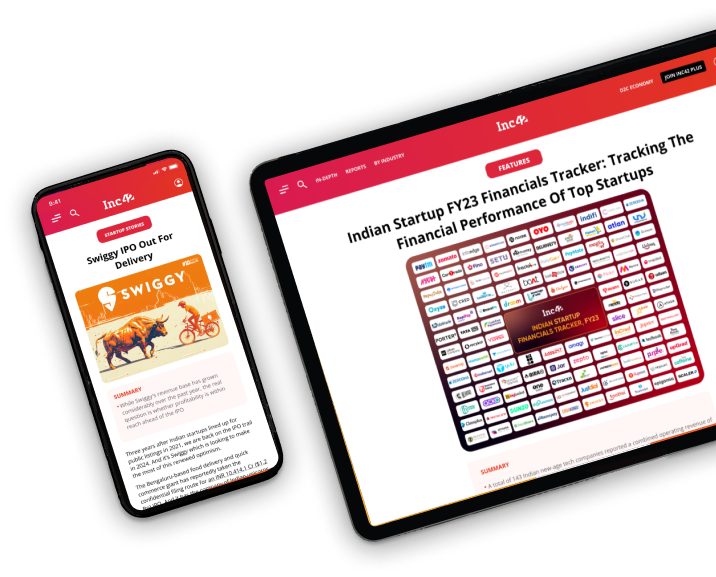
VC is a form of private equity where capital is invested by the venture capitalist in exchange for a portion of equity in the startup
The main legalities to keep in mind while funding a startup as a VC are the term sheet and the due diligence of the company also called legal prerequisites
To avoid situations of substantial dilution, severe burns and cash crunches, investors prefer a small first cheque in the seed round and bigger cheques in the follow-on rounds
It’s no secret that India has the second-highest number of startups in the world with a 69% share in the global startup scene. Investment in startups has also increased substantially in India, with Indian companies raising $42 Bn in 2021.
The crucial part of every startup, especially in a growing economy like ours is ‘funding’. While there are many ways in which a startup can raise funds. Venture Capital (VC) funding is one such funding method that is widely used, especially for startups.
VC is a form of private equity where capital is invested by the venture capitalist in exchange for a portion of equity in the startup. These investments are made by venture capitalists for a minority stake in the company after evaluating the scope and growth potential of the company. VC funding funds a new venture that is in need of money to materialise its ideas into products.
Fundraise is a world of its own and the startup world has myriad different terminologies used commonly in the ecosystem. Out of the 6 stages of venture capital investment, funding is most required at the initial stages of the company where a startup is in need of money to commence its business.
The initial cheque received by a startup in the first funding round is called the first cheque of the company. The subsequent cheques received after the seed stage funding are called follow-up cheques.
Legalities Of A Seed Stage VC Fund
It is necessary to understand the legalities to take into account while investing in a startup in its seed stage. Seed funding is a stage where the company is still a prototype and does not necessarily have an established business. It is still an idea on paper that needs money to start a business and bring the company to life.
When an entrepreneur approaches a VC for funding by pitching the business idea and model of his company, it is called deal sourcing. That is the first step towards the initiation of a deal for funding. It is followed by screening, evaluation, deal negotiation and creation of deal documents before the investment is made by the investor.
The main legalities to keep in mind while funding a startup as a VC are firstly, the term sheet or the memorandum of understanding laying down the terms and conditions for investment, and secondly, the due diligence of the company also called legal prerequisites.
Rights & Obligations To Be Included In A Term-sheet
A term sheet is nothing but a soft agreement or a memorandum of understanding between the VC firm and the entrepreneur/company. Important rights a VC firm must ensure include pro-rata rights, rights of exclusivity and rights of confidentiality.
Legalities To Verify Before A Company Is Chosen For VC Funding
Memorandum Of Association (MOA)
The first few aspects for an investor to consider before investing are the vision, mission, purpose and operations of the company they’re investing in. The aspects can be well understood by going through the Memorandum of Association of the company under Section 4 of The Companies Act, 2013.
General Corporate & Contractual Obligations
The documents of registration as well as the founder’s agreement are necessary for a startup to establish itself. Therefore, it’s vital for the VC to ensure for them to be in order and understand the formalised business structure of the company.
The crux of running a business lies in the contracts of a company, therefore verifying the contracts such as vendor contracts, employment contracts and NDAs beforehand makes a stronger case for investment for the VC.
Secretarial & Regulatory Compliance:
As the name suggests, it’s relevant for a VC to verify the status of company law compliances like a board meeting, director’s report, annual returns filing, tax audit filing, tax returns, statutory books of accounts, financial statements and other forms required to be filed by the company.
Permits and Licences
This compliance is subject to the sector and type of business. VC investing in a company must look into the licence and permit requirements of such a specific company diligently.
For example, this might include a Food Safety License, Certificate of Environmental Clearance, Prevention of Food Adulteration Act, Health Trade License, Service Tax Registration, Professional Tax Registration, etc.
IPR
A Company’s IP is its asset and hence, potentially the most important aspect to check as an investor. An investor gets interested in a company for novel ideas and products that are new to the market, its brand value, its proprietary products, etc. Therefore, registration of such IP must be confirmed and diligently strategised to ensure that the company owns valuable assets.
Insurance And Indebtedness
There are various insurance schemes for a startup to choose from. It is an advantage for the VC when there is insurance on the business.
Indebtedness is simply the company’s payables for that fiscal year, so a VC must be aware of the company’s debt payable before investing.
Legal Proceedings
If there are any ongoing legal proceedings by or against the company, they should be checked and thoroughly investigated to consider the company’s probable and possible loans or debts to be paid to third-party claimants.
SAFE
Known as Simple Agreement for Future Equity, is a startup compliance that is not as extensively used in India as opposed to other countries. In India, it is called the iSAFE and legally takes the form of compulsorily convertible preference shares governed by Sections 42, 55 & 62 of The Companies Act, 2013.
iSAFE notes can be issued in India as an alternative to the Shareholders’ Agreement in the early stages of the company, especially during the pre-revenue stage in the seed financing rounds.
Understanding The Strategies Of VC On First-Cheque Vs Follow-On Cheque.
As discussed earlier, the first cheque is the initial cheque received by the company and the subsequent cheques are the follow-on cheques. Generally, the trend from the first cheque to the follow-on cheque is observed to be in the increasing order of investment, considering the increased valuation and growth of the company.
However, it is argued by investors that it is better to get a small cheque for the first cheque in the seed round and bigger cheques in the follow-on rounds, to avoid a substantial dilution and a huge inflow of money at the very beginning, and facing severe burns, leading to cash crunch in the future. Raising money during the seed round is extremely difficult for startups but also a great start for the business of the company.
A follow-on strategy is one where the VCs use their follow-on money to reinvest in the biggest winners, after risking their money in the first round. The ‘follow-up strategy’ is where the VC follows the winners and reinvests in them for rights in the company instead of diversifying the investment in the follow-on round.
The next way of investing in follow-on is, the ‘percentage strategy’ where the VCs allocate a percentage of their capital to each company or sector and write their first cheques accordingly, but this affects the follow-on cheques as there might not be enough investment to get rights in the company as the portfolio of a VC will be diversified.
Another way of investing is through the ‘what’s left strategy’, where the VCs decide on the follow-on cheques after investing the first cheque. They invest what is left of the VC fund with lower ownership expectations.
Effect Of First-Cheque & Follow-On Cheque Distribution On The Exit Multiples
Exit value is nothing but the selling price of the company. Exit multiples valuation changes based on various factors like the sector, market share and other metrics of the company.
Early-stage investments in a startup can be small due to VCs’ growth expectations and outlook evaluation. The exit multiples are not high and are dependent on the company’s growth trajectory.
During the follow-on investments, the VCs have doubled down on their investments due to the performance of the company, their market share, and growth and then the exit multiples have more potential.































 Ad-lite browsing experience
Ad-lite browsing experience